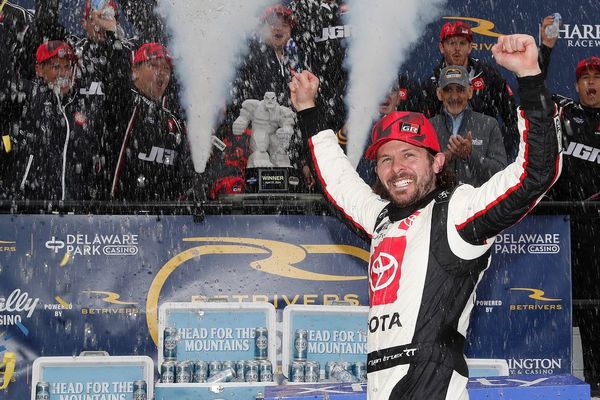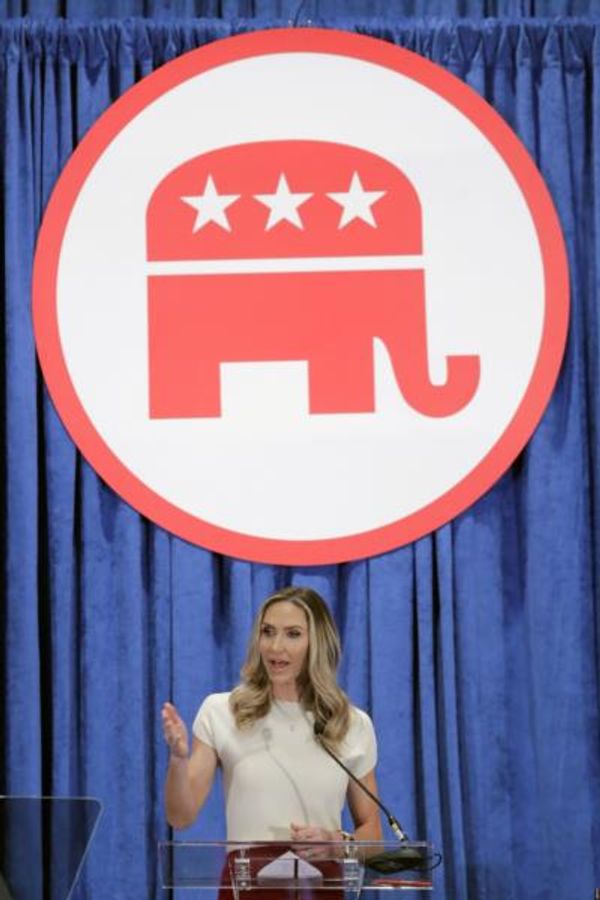
Peter Dutton believes he can turn Australia into a nuclear powerhouse with several plants installed around the country to replace coal fired stations, provide an alternative to green energy, and drive down electricity prices.
But Australia has been down this road before — many, many times. Crikey looks back at decades of the nation attempting to go nuclear.
1952
South Australian premier Thomas Playford was one of Australia’s earliest nuclear proponents, naming the “shores of the Spencer Gulf” as his preferred site for a plant. In an April 4, 1952 article in The Advertiser, the Liberal and Country League leader was quoted as saying atomic energy was not “something for the dim and distant future … it could be developed here in the next 10 years”.
The Advertiser reporter went further, stating that “South Australia stands at the threshold of an era of new development and progress that would have seemed impossible a few years ago … it may take all of the 10 years, or perhaps longer, before atomic energy here is an established fact, but there is no reason to suppose that Mr Playford spoke rashly in either of his predictions”.
The project never got off the ground.
1969
In a 1969 election speech, the incumbent Liberal prime minister John Gorton declared: “We shall, during the next Parliament, take Australia into the atomic age by beginning the construction of an atomic plant at Jervis Bay, to generate electricity. We believe that Australia will make increasing use of atomic power in the years ahead and that the time for this nation to enter the atomic age has now arrived.”
Having scraped by in that year’s election to retain his office, Gorton set about realising his plan, seeking expressions of interest for the Jervis Bay plant and closing tenders the following year. The Illawarra Mercury reported in February 1970 that the Jervis Bay plant would be the “first of 20 atomic plants costing more than $2,000 million to be built in Australia by 1990”.
But as so often happens in Australia, a party leadership spill got in the way. By 1971, William McMahon had been selected as Liberal leader and prime minister, and he cancelled the nuclear project in June.
1979
A decade after Jervis Bay, West Australian premier Charles Court began looking at potential sites for a nuclear power plant out west. That project wasn’t fully revealed until three decades later, when state cabinet documents were released to journalists under a 30-year secrecy rule. ABC News reported in 2010 the Liberal premier had serious plans to build a nuclear power station by the turn of the century.
“Looking for future sites for power stations 20 to 30 years ahead, so that land could be reserved, and the cabinet documents do mention that nuclear power could be an option,” one of Court’s state ministers told the ABC.
The project never went ahead.
1980
Around the same time as the West Australian plans were being made, Liberal-led Victoria was also eyed as a potential nuclear state. As journalism academic Bill Birnbauer wrote in Crikey in 2011, documents from the former State Electricity Commission released under freedom of information laws in the mid-1980s “highlighted more than 20 years of research by the state’s power authority and show just how enthusiastic the agency was in pursuing a nuclear future”.
Portland, on Victoria’s south-west coast, was mentioned as one of the potential sites for a station that would have been operational by the year 2000.
In 1982, Labor was elected to state government after nearly three decades in opposition, and by 1983, legislation had been enacted that prohibited the construction and operation of nuclear power stations in the state.
2006
In the dying years of the Howard government, the prime minister called for a “full-blooded” debate about establishing a nuclear power industry in Australia. While his finance minister Nick Minchin believed nuclear power might not be economically viable for up to a century, another colleague, resources minister Ian Macfarlane, believed an industry focused on enriching uranium could be “only five to 10 years away”, the Australian Associated Press reported at the time.
That same year, Howard announced a uranium and nuclear energy task force chaired by nuclear physicist Ziggy Switkowski. The report, delivered in November of that year, found Australia would need to build 25 nuclear reactors to produce a third of the country’s electricity by 2050. “The controversial report found nuclear reactors would need to be built close to population centres, mainly on the east coast, but that nuclear power would not be competitive with coal unless a price was placed on carbon emissions,” the AAP reported.
Labor declared the 2007 election would be a “referendum on nuclear power”, and Kevin Rudd attacked Howard’s atomic ambitions on the campaign trail. In 2008, prime minister Rudd reiterated that Australia had “a huge range of energy options available … beyond nuclear with which and through which we can respond to the climate change challenge”.
2015
In 2015, a royal commission was established to look at the prospects of establishing a nuclear power industry in South Australia. When the report was released the following year, it stated “it would not be commercially viable to develop a nuclear power plant in South Australia beyond 2030 under current market rules”.
2017-2022
In the years that followed the South Australian royal commission, the nuclear debate was reignited several times, in several jurisdictions: NSW deputy premier John Barilaro, of the National Party, called for nuclear power to be “part of the debate” about the state’s energy supply in 2017; a federal parliamentary committee recommended Australia consider the idea again in 2019; NSW One Nation leader Mark Latham sought to repeal a NSW prohibition on nuclear energy in 2019; a Victorian parliamentary committee found in 2020 that “without subsidisation a nuclear power industry will remain economically unviable in Australia for now”; and Nationals MP Matt Canavan sought to repeal a federal prohibition on nuclear power in 2022.







